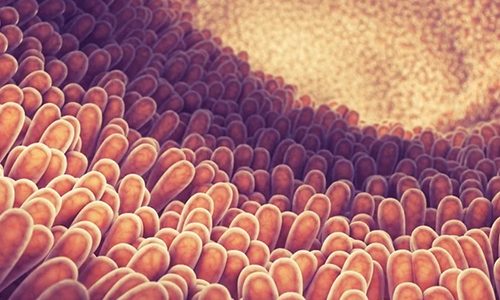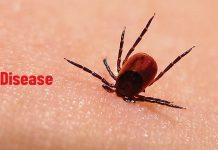Just think about the food items I mention. Cookies, Noodles, Ice cream, Pizza, Pasta, etc. How many of you got tempted? Patients with celiac disease cannot even think about these foods in their lifetime. It is an autoimmune, digestive disorder that primarily affects the villi of the small intestine if there is any intake of gluten. Okay, what is gluten? It is nothing but a protein found in barley, rye, wheat, etc. This serious disease causes the immune system to attack the small intestine and stops it from absorbing nutrients. We all know what will happen if there is malnutrition. It weakens the bones, and joints, in women it even causes miscarriage. The saddest part is it affects both men and women of all ages. In a recent report, the Celiac Disease Foundation states that about 80% of people with celiac disease remain undiagnosed. So it is really important to create awareness about this chronic disease, its causes, symptoms, and treatment options. Now, that you know what is celiac disease; read further to learn about the causes, symptoms, and diagnosis.
Causes of Celiac Disease
Before looking into the causes of celiac disease, I would like to let you know the work of a healthy immune system. A healthy immune system protects the body against infection. But in this scenario, whenever there is an intake of gluten foods, the immune system reacts to this harmless protein by producing antibodies in the gut. This causes inflammation in the villi and other parts of the intestine. Scientists believe that it may be due to some genetic mutation but still, there is no clear evidence for this reaction.
Symptoms of Celiac Disease
Celiac disease is difficult to diagnose as there are more than 200 symptoms that vary from individual to individual.

Celiac Disease Symptoms in Children & Adults
Though this disease harms the intestine, some cannot notice any symptoms. Once they eat or drink food containing gluten, they experience symptoms such as
- Nausea
- Vomiting
- Bloating
- Gas
- Abdominal pain
- Constipation
- Diarrhea
- Pale, foul-smelling poop
- Weight loss
Due to the improper absorption of nutrients from the intestine, they also suffer from problems including:
- Anemia
- Osteoporosis
- Joint pain
- Headaches
- Dermatitis herpetiformis (Itchy, blistering rashes in areas such as Lower back, Elbows, Knees, and Scalp)
- Damaged tooth enamel
- Damaged liver and spleen
- Mouth Ulcers and dental problems
- Neurological problems including ADHD
- Delayed puberty in female children
- Infertility in both men and women
Celiac Disease Symptoms in Females
- Irregular periods
- Early menopause
- Miscarriage
Diagnosis of Celiac Disease
As a first step in the diagnosis. healthcare providers look for evidence of intestinal damage. They use two testing methods.
- Blood Test – They test your blood sample for the gluten antibodies that damage the intestine.
- Biopsy – They test the small tissue sample of the intestine under the microscope. The tissue is taken using endoscopic procedures. During this procedure, a camera that is fitted at the end of the long, thin catheter is passed from the throat to the first part of the small intestine. The endoscopist passes tools through a catheter to perform a biopsy guided by the camera.
After confirming celiac disease, the healthcare provider also checks for the deficiencies of iron, calcium, and vitamins.
Stages of Celiac Disease
Stage 0 – No signs of Celiac disease
Stage 1 – More lymphocytes (antibodies) in the intestinal lining. Apart from celiac disease, this stage also means other medical conditions such as food intolerance and inflammatory bowel disease.
Stage 2 – Several crypt hyperplasia are found in the intestine indicating that you have a rash related to celiac disease.
Stage 3 – More number of lymphocytes and crypt hyperplasia in the intestine. And the villi look shrunken and flattened. Stage 3 is further categorized into 3a, 3b, and 3c based on the damage.
How Celiac Disease Is Treated?

The most important part of celiac disease treatment is the gluten-free diet. When the gluten intake is stopped, the intestine begins to heal and absorb the nutrients.
Additional Treatments:
- Nutritional Supplements for deficits
- Medications to treat dermatitis herpetiformis
- Corticosteroids for inflammation
- Regular follow-up to check the control of the disease
Celiac disease may change your lifestyle and food habits completely. But remember, the light is in your hands. Follow the instructions provided by the healthcare provider strictly.
Winding-up
Hope this blog covers all about what is celiac disease, its symptoms, and treatments. Open up to your friends and family so that they can also help you in this difficult time. Most importantly visit your doctor and get a diagnosis to prevent any complications. Thrive to live a healthy, wonderful life again!















